WindStyle Corporation
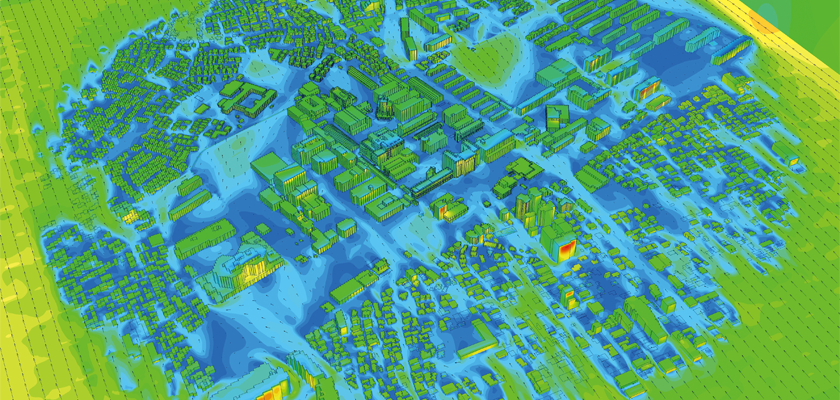
More Practical, Accurate Wind Simulation Diversifies the Application of Wind Engineering
Simulating complicated wind flows around buildings and the surrounding environment used to mean conducting wind tunnel tests that required a long time, large-scale facilities, and skilled experts. Now, many of the experimental tests are being replaced by computational fluid dynamics (CFD) simulations. Combining these two approaches draws on the advantages of each and is commonly done in engineering today. But Mr. Tetsuo Matsuyama from WindStyle Corporation, who has used scSTREAM for many years, envisions additional opportunities for CFD. He explains how using scSTREAM proactively to interpret wind flow can change design processes and building management.
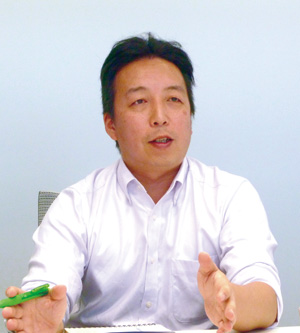 Picture 1: Mr. Tetsuo Matsuyama, President and CEO of WindStyle Corporation
Picture 1: Mr. Tetsuo Matsuyama, President and CEO of WindStyle Corporation
Using scSTREAM to Simulate the Wind around Buildings
WindStyle Corporation is a company of consulting specialists for wind engineering. Mr. Tetsuo Matsuyama, the president and CEO, originally studied under wind engineering researcher Professor Eizo Maruta from Nihon University's Department of Architecture and Architectural Engineering, College of Industrial Technology. Mr. Matsuyama investigated wind simulation that used wind tunnel testing. He first learned about scSTREAM while he was at the Kumagai Gumi Co., Ltd., one of the largest Architecture Engineering and Construction firms in Japan. Mr. Masuyama joined Kumagai Gumi as a wind engineer in 1998. “scSTREAM was available at the company's technology laboratory but it was not fully utilized,” recalls Mr. Matsushima. “I felt a spark of inspiration and thought that this was an interesting approach to investigate further. I started using the software and realized that the hardware capability wasn’t good enough to generate realistic results.” Despite the hardware inconveniences, Mr. Matsuyama kept using the software. “Back in time, I could only briefly simulate the overall flow field pattern with one million elements. Still, I knew there was more to it. I was convinced that the use of simulation would become more dominant than wind tunnel testing in near future.” Mr. Matsuyama left Kumagai Gumi in 2003 to start own company, but has continued to use scSTREAM in his consulting business for wind related projects.
One of Mr. Matsuyama's interests involves evaluation of wind around high-rise residential and office buildings. The requests for this work come from commercial real estate companies and general contractors who need to know if environment will be adversely affected after the completion of building construction. Mr. Matsuyama uses wind simulations to report the results and make recommendations.
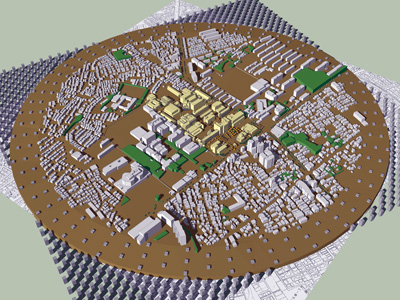 Figure 1: 3D geometry data of the planned buildings and the surrounding area
Figure 1: 3D geometry data of the planned buildings and the surrounding area
To simulate the wind environment near a building using scSTREAM, several factors other than the planned building, must be properly represented in the model. These include the surrounding buildings, trees, green, and geographical features. Objects close to the planned building must be represented more accurately than those located further away. As the size of the planned building becomes larger, so does the size of the surrounding area that must be included in the computer model. Mr. Matsuyama believes that carefully defining these conditions and parameters facilitate the initial settings. His team collects geographical data from resources such as aerial surveys and Google Earth. Photographs of the surrounding environment and their model based on the collected data, which is converted to the STL file format. The scSTREAM preprocessor is used to generate meshes and set properties and boundary conditions. Calculations follow as shown in Figures 1 and 2.
Mr. Matsuyama uses the Murakami criteria for evaluating and characterizing the wind environment. The Murakami criteria is based on the frequency of wind occurrence. The criteria is used to forecast the number of days where the maximum instantaneous wind speed exceeds 10, 15, and 20 m/s. It ranks the strength of the wind environment on a scale from 1 to 4. Mr. Matsuyama uses CFD simulation with scSTREAM to observe the effects of the changes in the wind environment on the building model across a multitude of directions (16 compass points). Analyses must be conducted for at least 32 cases, assessing the impact of the environmental conditions before and after the construction of the planned building is complete.
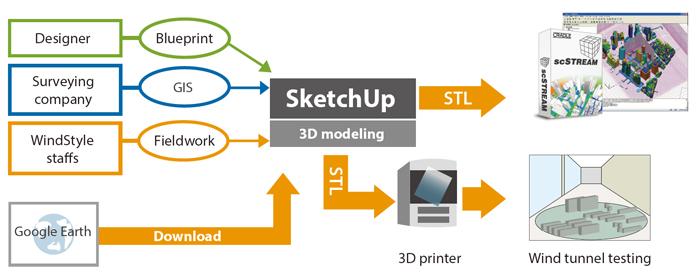 Figure 2: Analysis workflow
Figure 2: Analysis workflow
scSTREAM, the Best Solution for Combining Wind Tunnel Testing and Other CFD Software
“What I like about scSTREAM is its high compatibility with other software. Flexible input and output functions is another advantage. I can choose a range of input formats when I import mapped data for an area of a city model. I can also create my own scripts and execute analysis. Our team created own software that adjusts the visualization of the analysis results based on the mesh coordinates so that the results look smooth” explains Mr. Matsuyama. His clients and business partners, who are not familiar with CFD simulations, find it easier to understand the visualized analysis reports.
According to Mr. Matsuyama, the excellent customization capabilities of scSTREAM are deeply linked to the first-rate support from Software Cradle. “Having discussions with Cradle engineers absolutely helps. They understand my specific customization requests. scSTREAM is not just designed to enable easy customization. Cradle regularly updates software functions according to user needs, and that is what really works for the scSTREAM user's benefit,” says Mr. Matsuyama.
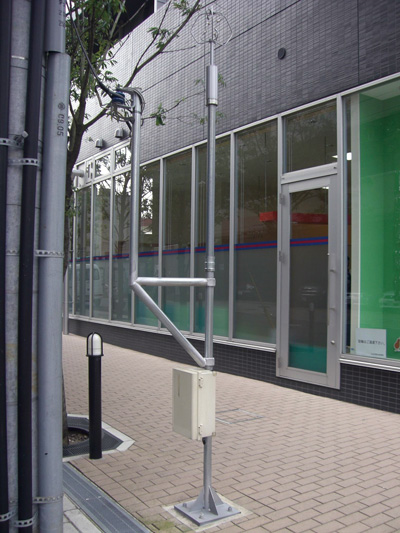 Picture 3: Example of measurement evaluation
Picture 3: Example of measurement evaluation
Mr. Matsuyama’s current approach involves combined wind tunnel testing (Picture 2), and CFD virtual simulation (Figure 3 and 4). “Wind tunnel testing has led the field of wind engineering, but it is beginning to be replaced by computer simulations. Usually, research and development of these two methods are conducted separately, but our team incorporates both. We simulate and test simultaneously to capture the advantages of both,” explains Mr. Matsuyama.
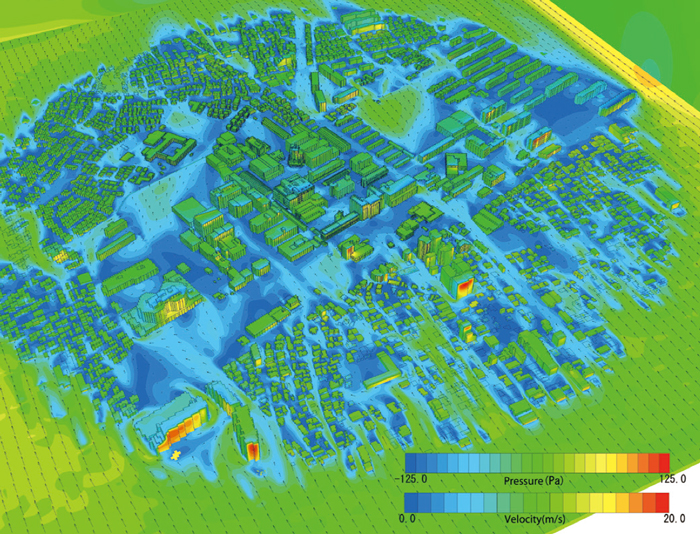 Figure 3: Analysis of velocity and pressure distribution of building surfaces around ground level using scSTREAM (the entire space as target)
Figure 3: Analysis of velocity and pressure distribution of building surfaces around ground level using scSTREAM (the entire space as target)
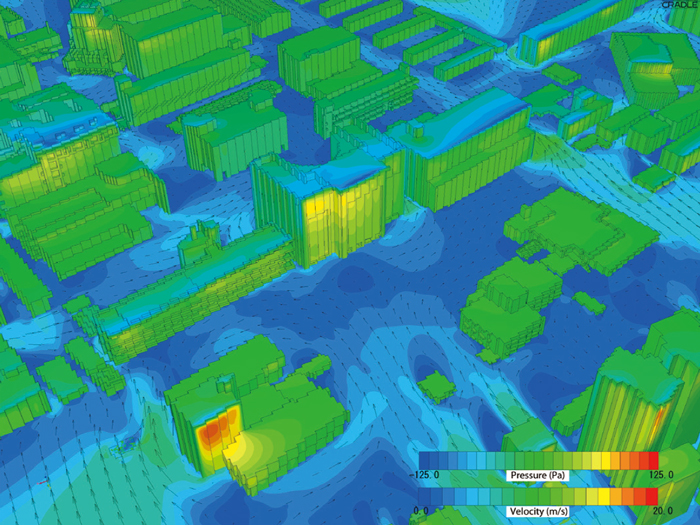 Figure 4: Analysis of velocity and pressure distribution of building surfaces around ground level using scSTREAM (partially enlarged)
Figure 4: Analysis of velocity and pressure distribution of building surfaces around ground level using scSTREAM (partially enlarged)
Mr. Matsuyama points out that the outputs from wind tunnel testing and CFD simulation for building wind analysis are completely different. Wind tunnel testing is used for time history analysis of a particular area. The law of similarity speeds up the duration by 100 times. This means changes that occur over 10 minutes can be observed in 10 seconds. On the other hand, CFD simulation examines the entire space. Average values are used for calculation, and calculation takes 100 times longer. The upside for CFD is that the preparation time is much shorter. Only a few days are needed to prepare for CFD simulations. In contrast, preparing for wind tunnel testing can take two months. “These two tools have very different characteristics. I choose which to apply depending on the case I am working on. Sometimes I use one to supplement the capabilities lacking in the other. We also use software we developed, to correct the differentials between wind tunnel testing and scSTREAM analysis results,” says Mr. Matsuyama.
Mr. Matsuyama is currently exploring the novel ways to combine wind tunnel testing and CFD. “I think of scSTREAM analysis results as the value of interpolation space. I’ve tried printing out the analysis model on a 3D printer to evaluate in wind tunnel experiments. The costs of 3D printing have been reduced dramatically. The value of CFD will extend even further if we can download geographical data around planned buildings,” comments Mr. Matsuyama.
For More Common, Practical CFD Simulation
Shortly after he first started using scSTREAM, Mr. Matsuyama identified the significance of network clusters to further improve the accuracy of scSTREAM. “scSTREAM became cluster-compatible early, so I expected that using the tool for wind engineering could be as effective as it is used in automotive and machinery applications. But I also knew wind engineering applications would present its own challenges. The biggest bottleneck was that the software license configuration was not designed specifically for the construction industry, despite the calculation complexity. In the construction industry, the use tends to grow larger with building evaluations, and the number of analyses patterns also tends to increase. Another drawback was that results could not be reused easily for the building analyses. We were frustrated because this powerful tool was not accessible for use in many projects, even though it was conceptually designed for the convenience of everyone,” reveals Mr. Matsuyama. Cradle developed a possible solution to this problem. Cradle products became available at daily usage rate from a Japanese cloud service provider, starting from fall 2014*. “I think this is the first CFD software developed by a Japanese firm, which is available under a pay-per-use plan. This is certainly going to encourage more use of CFD.”
Simulation of wind environment is not only used to examine wind damage. Mr. Matsuyama expects there is more potential to the application of scSTREAM. “CFD simulation results can be used to discuss building design and management between designers, constructors, governments, and local residents, if it is more commonly used. CFD will prove to be effective in risk management for clients.” It is also possible to improve building designs, by implementing wind power generation system using wind load, and incorporating natural ventilation system into the building model. “If we use CFD simulations for building designs to improve natural ventilation effects, it is possible to switch off the air-conditioner and still maintain the comfort level for a longer period of time. This attempt can happen nationwide. Interpreting wind effects from a different perspective helps effectively utilizing wind. CFD application can generate greater values to any buildings.”
Conveying the value of wind engineering to a wider audience is one of Matsuyama’s future visions. “I’m trying to figure out a system for anyone to be able to visualize invisible wind whenever and wherever. My plan is to have scSTREAM at the center of this system. As more non-experts become familiar with wind effects, more specific demands will be created, and scSTREAM will be used more widely. That’s what I believe.” Application of scSTREAM to wind engineering has the potential to dramatically improve the surrounding conditions in architectural designs. This can favorably impact public acceptance of wind engineering environmental management and its implementation.

WindStyle Corporation
- Founded December: 2003
- Business: Research and development of wind engineering related technology, and provision of technical services and support
- Representative: Tetsuo Matsuyama, President and CEO
- Locations: Head Office in Niigata-shi, Niigata, Japan (Narashino STUDIO in Narashino-shi, Chiba, Japan)
- URL: http://www.windstyle.co.jp/
*All product and service names mentioned are registered trademarks or trademarks of their respective companies.
*Contents and specifications of products are as of October 1, 2014 and subject to change without notice. We shall not be held liable for any errors in figures and pictures, or any typographical errors.
Download


